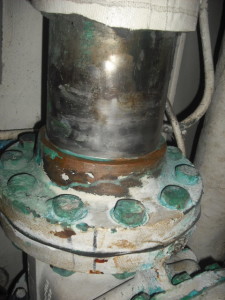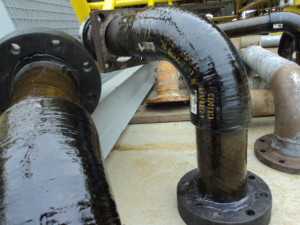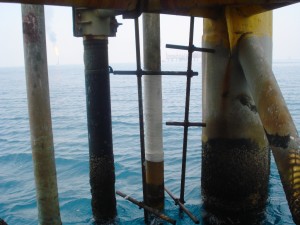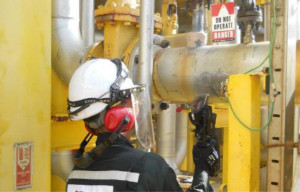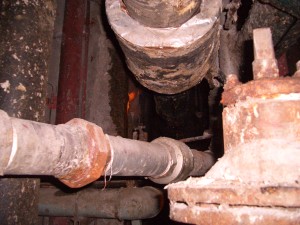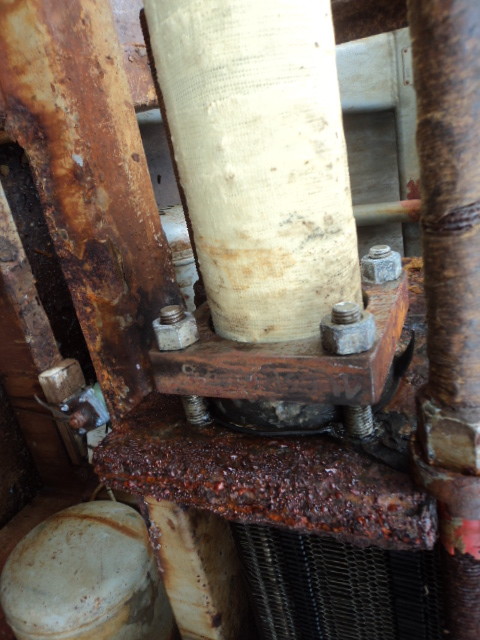
Curing Conditions for Effective Anti-corrosion Coatings

Introduction
There are a number of factors which must be considered when anti-corrosion coatings are applied. The major ones include:
• Condition of the substrate
• Temperature
• Relative humidity
• Weather conditions
• Condensation
• Ventilation
• Ultraviolet light (UV)
(1) Condition of the Substrate
The surface must be clean and free from dirt, dust, abrasive blast medium (if used), oil, grease and soluble salt contamination.
(2) Temperature
The temperature of both the air and the substrate must be considered. Direct sunlight on steel can increase the surface temperature significantly in excess of the air temperature. Coating application must not occur when the temperatures are either higher or lower than those specified on the coating manufacturer’s data sheets. In general, coatings are not applied at ambient temperatures below 5°C. Below 5°C, curing of coatings such as epoxies slow dramatically and can stop altogether for certain coatings. Some epoxy coatings are available in both winter and summer temperature versions to allow for seasonal temperature variations and it is important that the change-over to the winter grade occurs ahead of seasonal temperature drops. Above 40°C, rapid loss of solvent can cause sprayed paint to dry before it reaches the substrate. This is known as dry spray. As the coating does not flow to form a coalesced film, this significantly reduces the performance of the coating. Coating manufacturers’ guidelines should be carefully followed if anti-corrosion coating is to be applied at temperatures above 40°C.
(3) Relative Humidity
Most anti-corrosion coating will tolerate high humidity but condensation must not form on the surface being coated. Anti-corrosion coating application should not take place when the steel temperature is less than 3°C (6°F) above the dew point.
(4) Weather Conditions
Anti-corrosion coating should not be applied during fog or mist or when rain or snow is either falling or imminent. Generally under these conditions, it is difficult to maintain the steel temperature above the dew point. When the anti-corrosion coating is being applied outdoors, particular care should be taken under windy conditions. An even anti-corrosion coating coverage of the intended surface may be difficult. Solvents may be extracted by the wind, affecting the coating cure, and anti-corrosion coating often falls on neighbouring structures (overspray).
(5) Condensation
Temperatures fall during the night and then rise again during the day. The lag in air movement can allow condensation to form if the steel temperature is below the dew point of the atmosphere. Some coatings, such as epoxies, are particularly sensitive to water during curing. If the outer surface is exposed to moisture before the anti-corrosion coating has cured sufficiently, components in the coating react with the water to produce a condition known as amine bloom or amine sweating. This layer prevents successful adhesion of the next anti-corrosion coating layer and it peels off.
(6) Ventilation
When coatings are applied in the open air, adequate ventilation is usually available. However care should be taken in high winds so that the dry spray does not result from rapid solvent loss or formation of a skin over the surface which results in retained solvent within the anti-corrosion coating film. Within confined spaces, it is important that good ventilation is provided so that the coatings dry properly and do not retain solvent which will seriously impair the coating performance in-service.
(7) Ultraviolet Light (UV)
In some locations, high levels of UV light are present. Certain coatings (such as epoxies) are sensitive to UV light, which breaks bonds in the surface layers of the coating. Under service conditions, this effect is known as chalking. During new building, the action of UV light on epoxy coatings can cause problems when applying additional coats of anti-corrosion coating or when coating around erection seams, etc. Care must be taken so that the surfaces are suitably prepared to remove any affected anti-corrosion coating before application of the subsequent layer.
